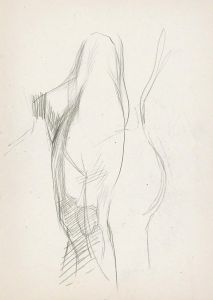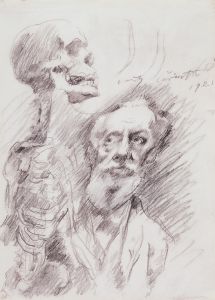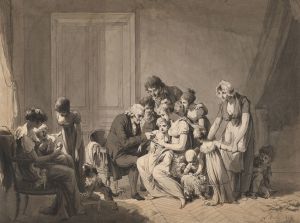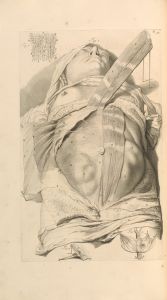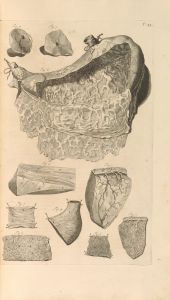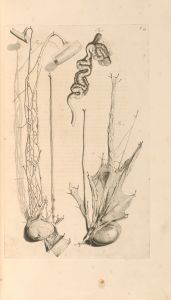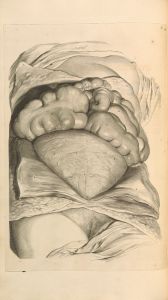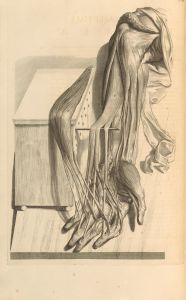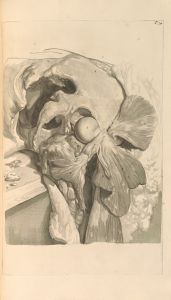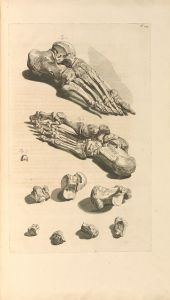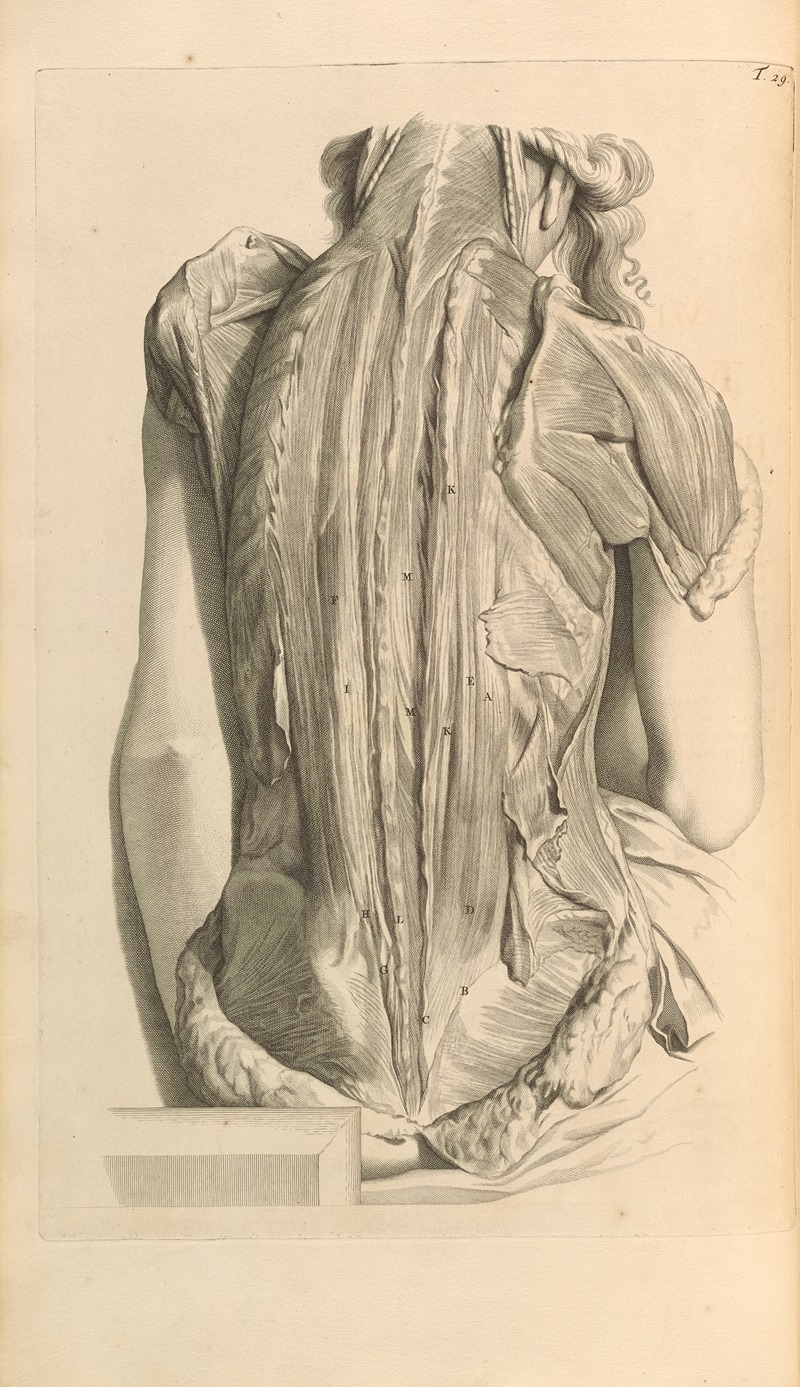
Anatomia humani corporis Pl.030
A hand-painted replica of Gerard de Lairesse’s masterpiece Anatomia humani corporis Pl.030, meticulously crafted by professional artists to capture the true essence of the original. Each piece is created with museum-quality canvas and rare mineral pigments, carefully painted by experienced artists with delicate brushstrokes and rich, layered colors to perfectly recreate the texture of the original artwork. Unlike machine-printed reproductions, this hand-painted version brings the painting to life, infused with the artist’s emotions and skill in every stroke. Whether for personal collection or home decoration, it instantly elevates the artistic atmosphere of any space.
"Anatomia humani corporis" is a renowned series of anatomical illustrations created by the Dutch Golden Age artist Gerard de Lairesse, in collaboration with the anatomist Govard Bidloo. The series was published in 1685 as part of Bidloo's anatomical atlas, "Anatomia Humani Corporis," which is considered one of the most significant works in the history of anatomical illustration.
Gerard de Lairesse (1640-1711) was a prominent painter and illustrator in the Netherlands, known for his classical style and detailed compositions. Despite suffering from congenital syphilis, which eventually led to blindness, de Lairesse produced a substantial body of work, including historical paintings, portraits, and book illustrations. His collaboration with Bidloo marked a significant contribution to the field of medical illustration.
Govard Bidloo (1649-1713) was a Dutch physician and anatomist who sought to create a comprehensive and accurate anatomical reference. His partnership with de Lairesse resulted in a groundbreaking work that combined scientific accuracy with artistic excellence. The atlas contained 105 copperplate engravings, each depicting various aspects of human anatomy with remarkable precision and detail.
Plate 30 of "Anatomia Humani Corporis" is one of these detailed illustrations. While specific information about Plate 30 is limited, it can be inferred that, like the other plates in the series, it would have depicted a particular aspect of human anatomy with meticulous attention to detail. The illustrations in the atlas were known for their lifelike representation and clarity, which were achieved through de Lairesse's skillful artistry and Bidloo's anatomical expertise.
The collaboration between Bidloo and de Lairesse was significant not only for its scientific contributions but also for its influence on the field of medical illustration. The detailed engravings set a new standard for anatomical accuracy and artistic quality, influencing subsequent generations of medical illustrators and anatomists. The work was also notable for its use of copperplate engraving, a technique that allowed for fine detail and precision, which was essential for the accurate depiction of anatomical structures.
"Anatomia Humani Corporis" was published in Amsterdam and quickly gained recognition across Europe. It was used as a reference by medical professionals and students, contributing to the advancement of anatomical knowledge during the late 17th and early 18th centuries. The atlas also reflected the broader cultural and scientific developments of the Dutch Golden Age, a period marked by significant achievements in art, science, and trade.
Despite its initial acclaim, the work faced criticism from some contemporaries who questioned the accuracy of certain illustrations. Nonetheless, it remains a landmark in the history of anatomical illustration, celebrated for its artistic and scientific merits. The collaboration between Bidloo and de Lairesse exemplifies the intersection of art and science during a period of significant intellectual and cultural growth in Europe.
Today, "Anatomia Humani Corporis" is regarded as a valuable historical document, providing insight into the medical and artistic practices of the time. It is preserved in various libraries and collections, where it continues to be studied by historians, artists, and medical professionals interested in the history of anatomy and illustration.





